
Historically, wood framing has been the commonest way of building a house structure. It makes sense because wood is a material that is available abundantly.
However, timber conservation programs in many parts of the world and the rising prices of lumber (around USD$1,000 per board foot) may be changing that trend.
So, what can be a great alternative when building a house using wood isn’t an option?
Metal or steel!
The construction of metal frame homes follows the same process as wood-frame houses.
They only differ, obviously, in the materials used. With metal frame homes, metal I-beams form the structure’s supports instead of timber studs.
Many metal building homes on the market come in prefabricated kits. You can also use these prebuilt designs to customize your steel frame house. If you’re interested in availing of one of them, you may see these examples.
Whether you plan to use prefabricated kits, customize one, or build a metal home from scratch, you must learn the advantages and disadvantages of metal buildings. Check out the pros and cons of a steel frame house below.
Pros of a Metal Building Home
Listed below are the advantages of choosing a house made up of metal frames.
1. A metal building home saves you labor costs
It's no secret that labor costs eat up a huge chunk of the budget for house construction. However, many people don't realize they can save money on labor costs by opting for a metal building home.
Steel is about 25% lighter than wood, and framing's installation becomes significantly faster when using a lighter material. Since time is money in construction, getting your building completed sooner or earlier than the set completion date translates to a significant amount of savings.
Cost-saving is especially true when you're utilizing one of the many steel building kits available on the market. Mostly, every piece of these prefabricated buildings' structural framing will be shipped straight to your job site.
Also, each component will arrive pre-formed with markings for easy identification; this implies that they can be assembled in no time.
2. Metal is stronger and more durable than wood
There’s no doubt that metal is a tougher material than wood. For this reason, metal can stand rain and strong wind better than wood.
Even acid rain, insects such as termites, and other more unique elements, usually detrimental to wood, won’t be much of a problem for metal buildings.
The durability of metal or steel is also why metal building houses tend to last longer than other types of homes, making them more eco-friendly. Because metal is significantly less susceptible to damage than wood, metal homes cost less for insurance and usually require less maintenance.
3. Steel buildings are non-combustible

It's essential to note that, unlike wood, steel isn't combustible. It means that its risk of catching fire is smaller. It won't even fuel a fire if, unfortunately, one accidentally breaks out in your house.
For this reason, a metal building home is a great way to bring down insurance costs.
Okay, some may argue that extreme heat conditions can compromise the steel frames of metal buildings during fire incidents. Well, it can happen, but it rarely happens.
In fact, a change in the external appearance of the metal frames will only occur when the temperature becomes greater than 1300 degrees Fahrenheit for more than 20 minutes.
There may be reductions in the strength and stiffness of metals even if temperatures don't exceed 1300 degrees Fahrenheit within 20 minutes duration, but the changes will only be temporary. Once the fire is extinguished, the steel will regain its pre-fire properties, even if there are deformities in some of the structural steel members.
4. Metal building homes work well with the different types of insulation systems
Compared to other structures, metal houses can be made with better heating and insulating systems. It means that they can be much more energy-efficient than homes built with wood and most other materials.
The types of insulation that work fantastically with steel-framed houses include spray foam and loose-fill insulation.
Cons of a Metal Building Home
Listed below are the disadvantages of houses made of metal frames.
1. Metal framing corrodes
One of the most significant disadvantages of metal building homes is that they can rust. Corrosion is especially an issue in areas near the ocean. While rust takes longer to cause damage than termites and rot, it's still essential to take precautions.
One of the things that homeowners can do to prevent studs and joists from rusting is to use corrosion-resistant steel. Note, however, that such a type of steel requires upfront investment and special routine maintenance.
If corrosion-resistant metal can't fit your budget, ensuring a clean and dry environment can help.
2. Building permit approval for metal building homes can be a difficult process

Homeowners must apply for a building permit detailing the scope of the work before the construction commences, like any construction project. Getting approved for one means that the structure you’re building follows the community’s safety regulations.
Unfortunately, you’ll probably find it challenging to obtain approval.
It’s especially true if you’re in the US. That’s because of the metal building’s unique nature, as many local building codes haven’t caught up with metal framing yet.
For that reason, it’s essential to check your community’s policy first before spending on a steel-framed house.
3. Expanding a metal building home can be very challenging
The installation of the framing for metal houses may be significantly faster than when using other materials. However, expanding it can be very challenging, if not impossible, if you wish to add to the square footage of your house. Also, steel homes are best constructed as single-story structures, not multi-story structures.
4. Construction should involve contractors that specialize in steel framing
As previously mentioned, the nature of metal building homes is unique when compared to other structures. That’s why not every contractor has the special knowledge required for the proper installation of steel frames.
It also means that finding a contractor for your project might take more effort and time than usual. However, as long as you perform a thorough review of their past projects and credentials, such as professional license, you’ll be in good hands.
Key Take-Home
Constructing a metal-framed house comes with both pros and cons. For instance, steel-framed homes are more durable and offer reduced labor costs, but they can also be prone to corrosion and challenging to expand.
Of course, the advantages and disadvantages aren’t the same for each person. So, the best thing is to list the pros and cons of metal building homes based on your condition. Do that before buying a prefab kit or building a steel-framed house from scratch.
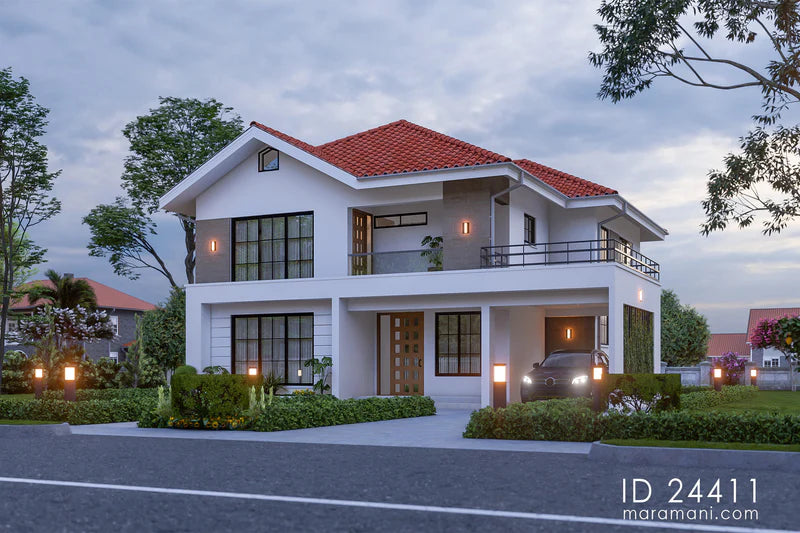
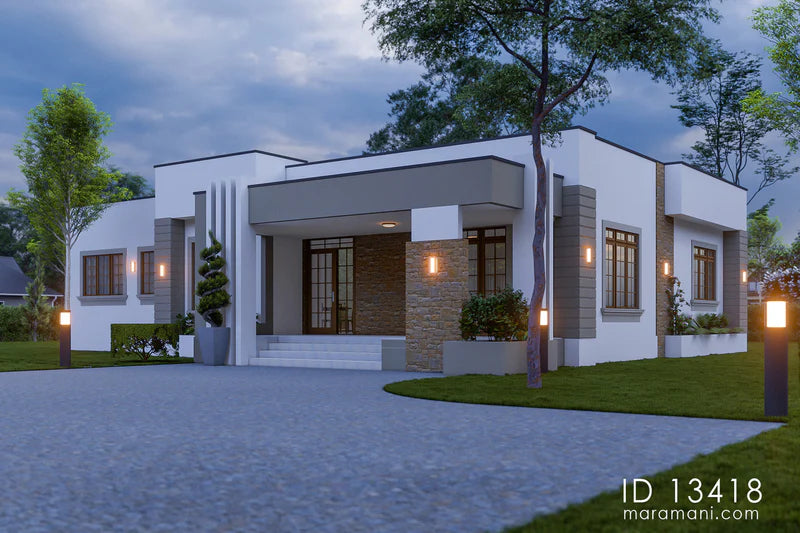
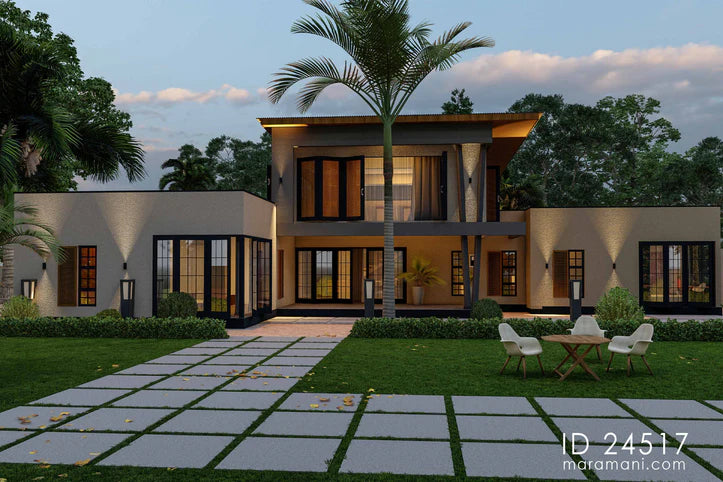
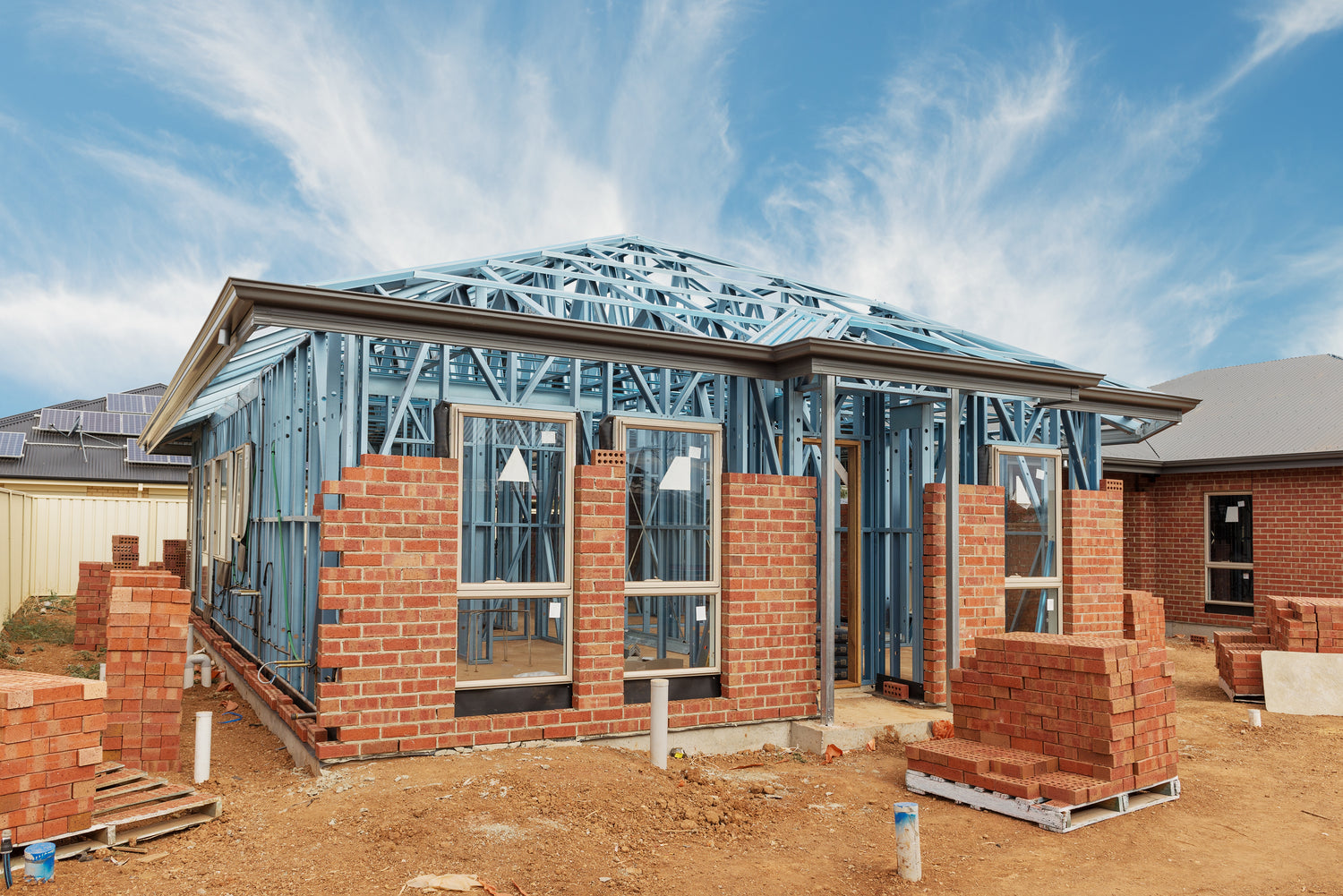

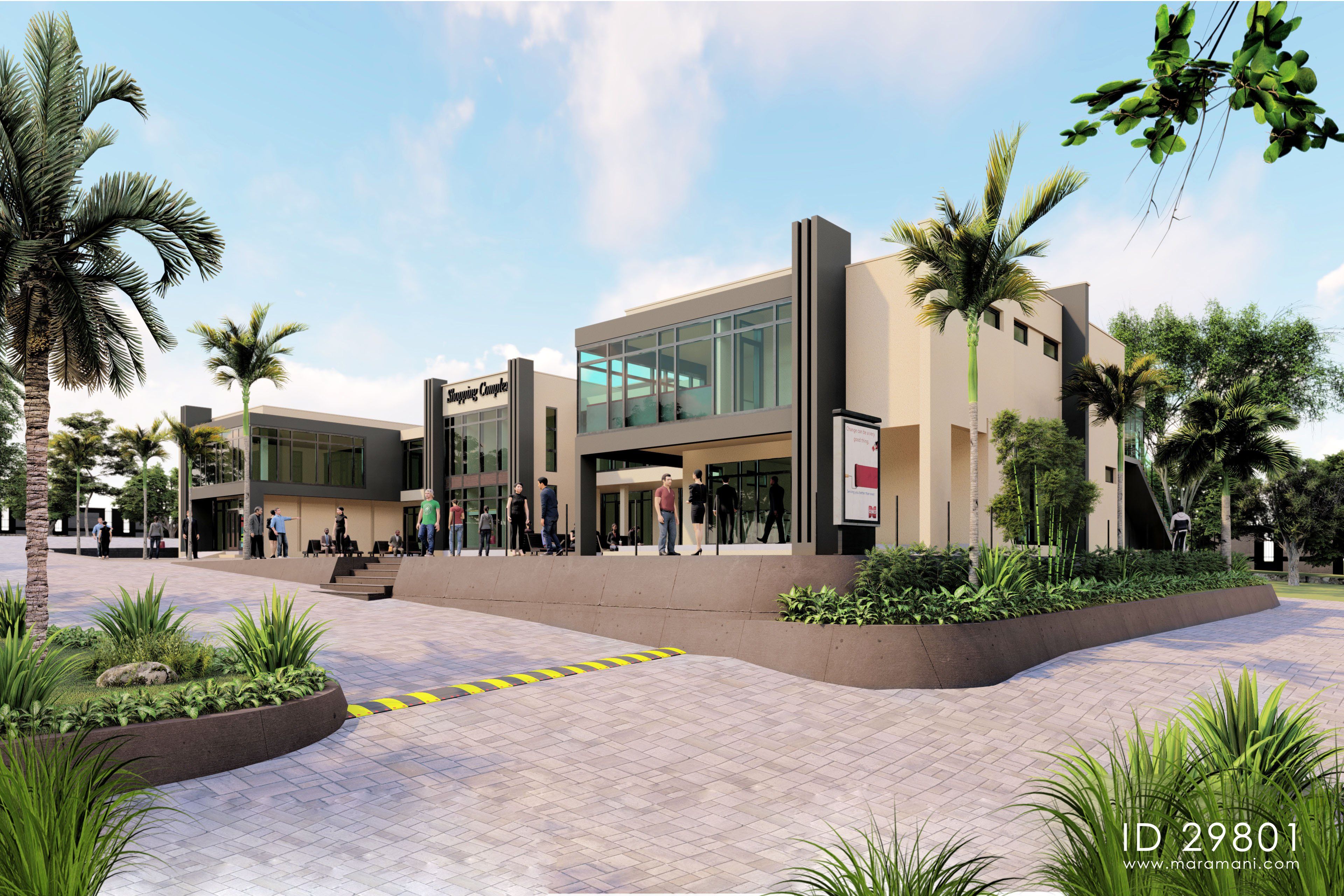
Leave a comment
This site is protected by hCaptcha and the hCaptcha Privacy Policy and Terms of Service apply.